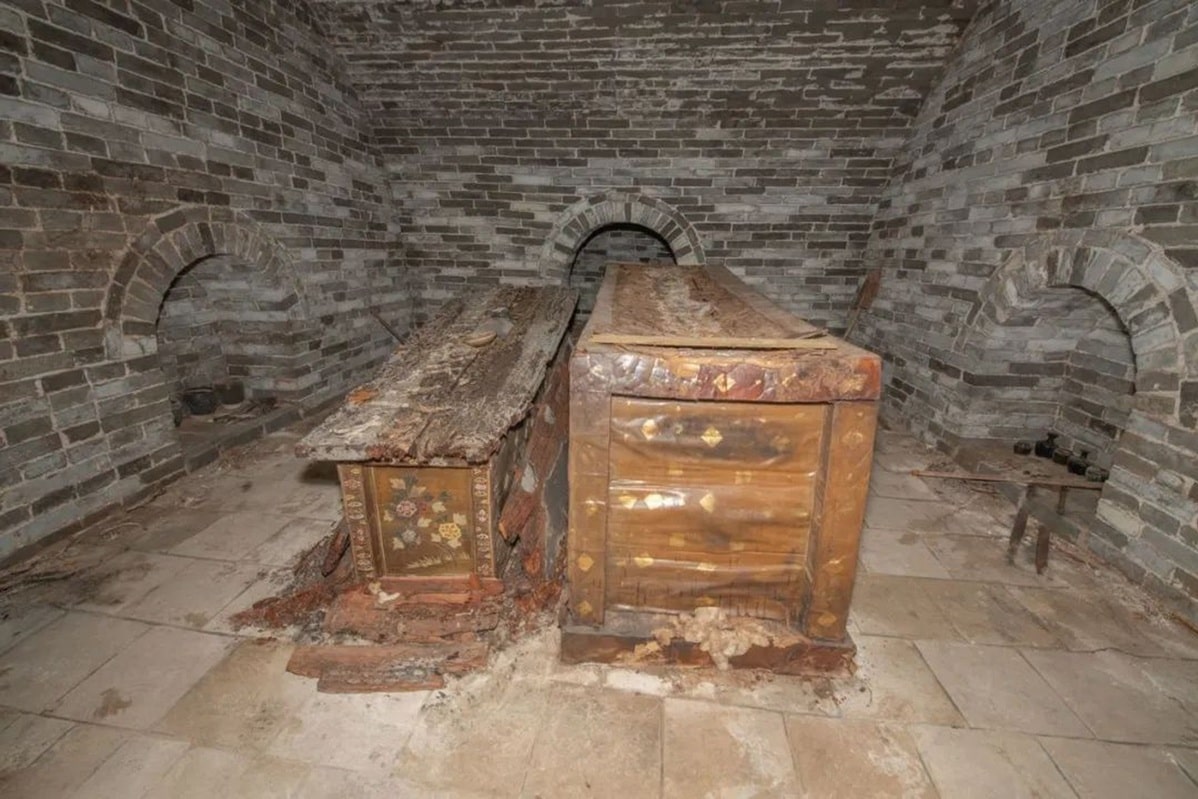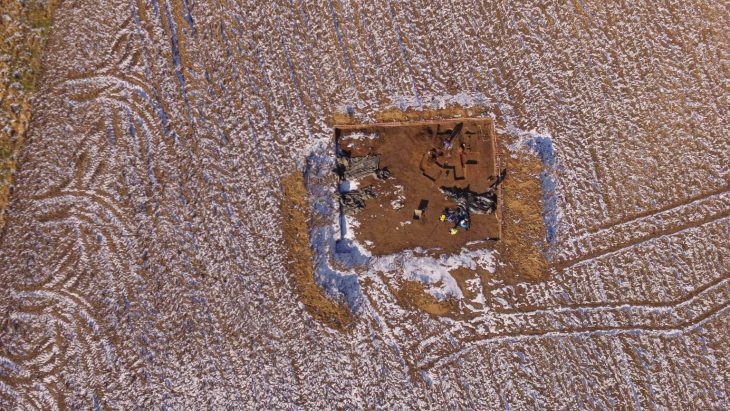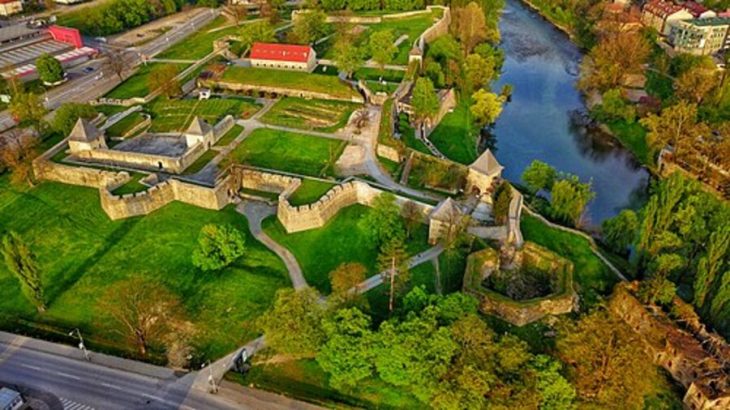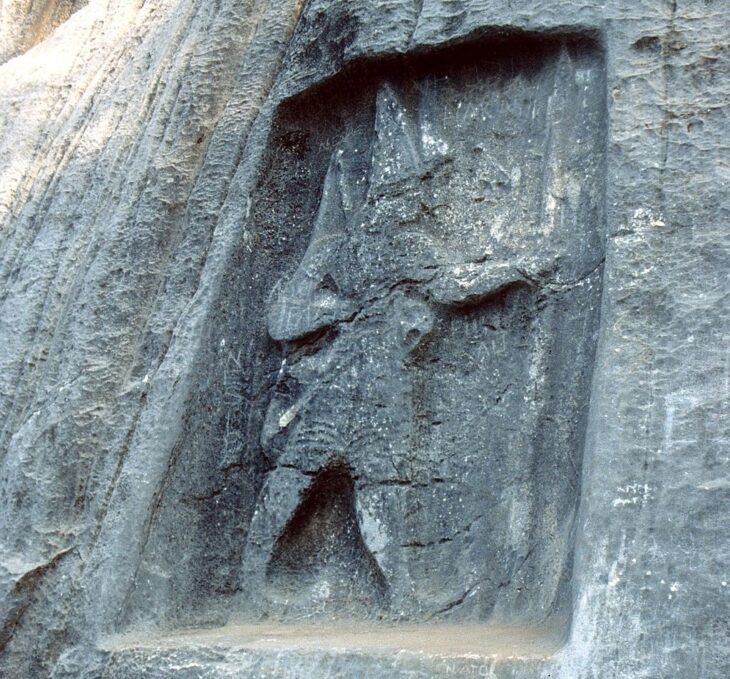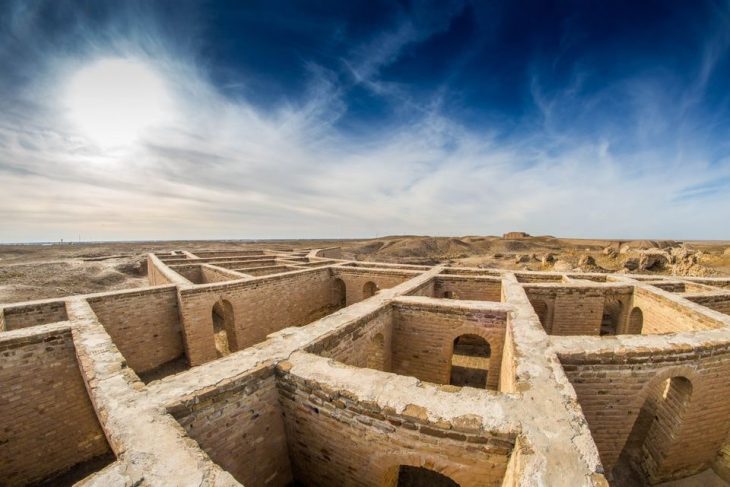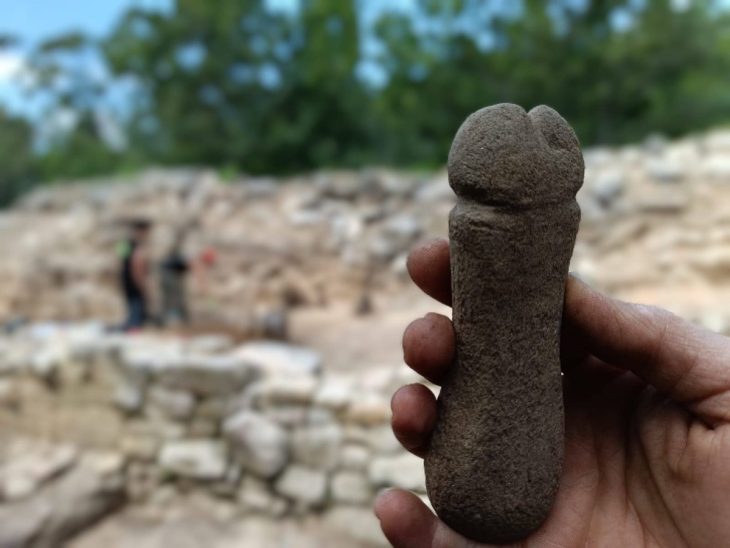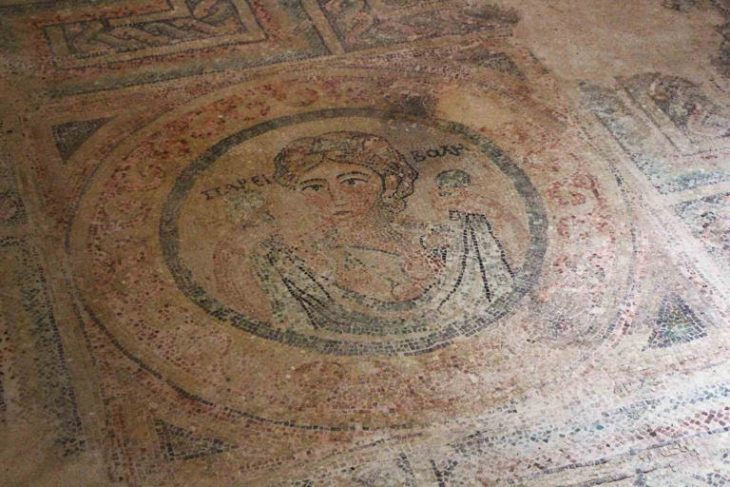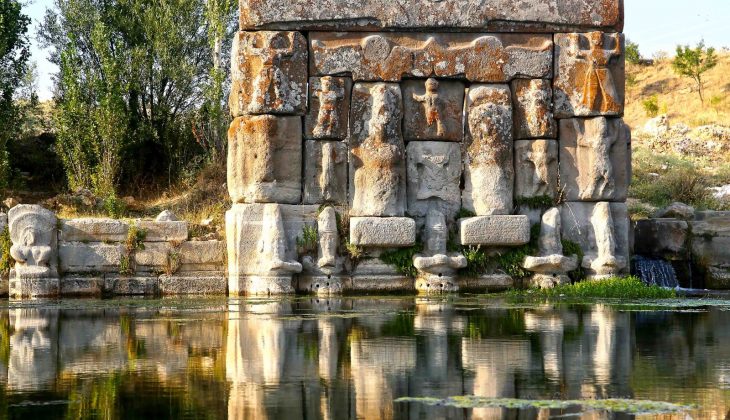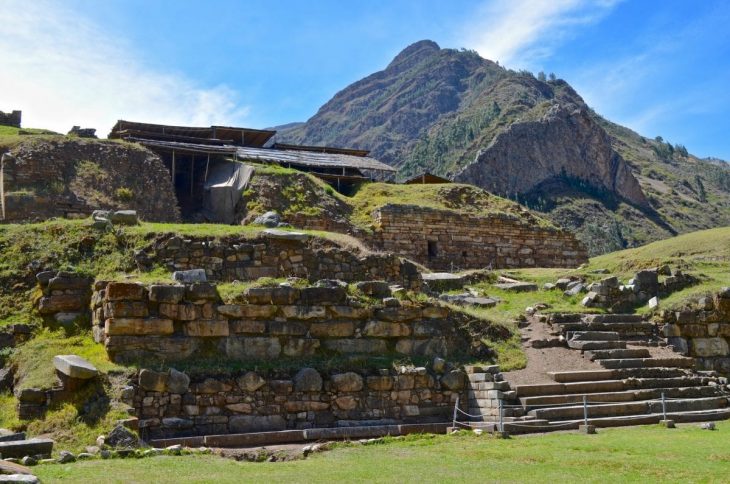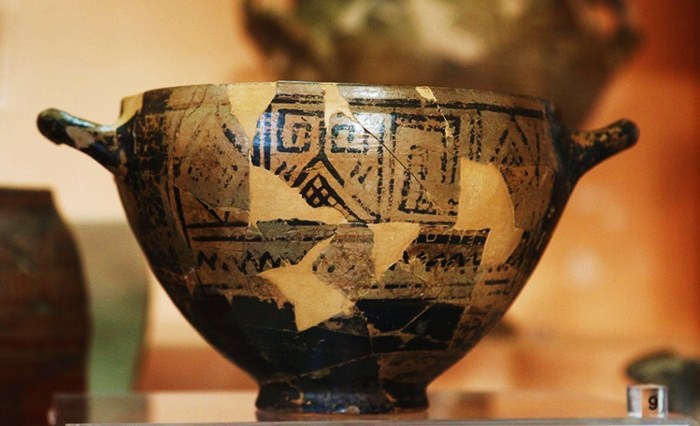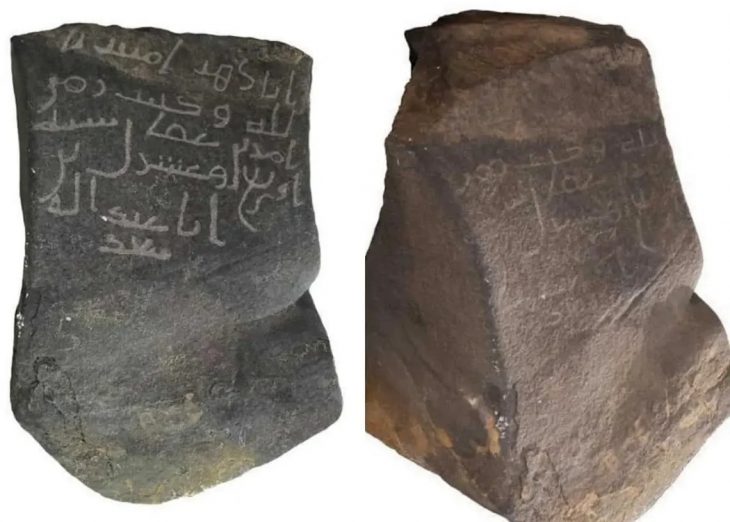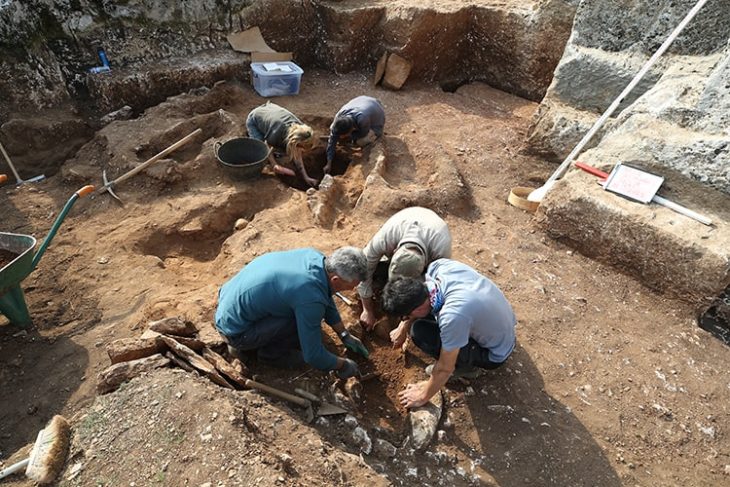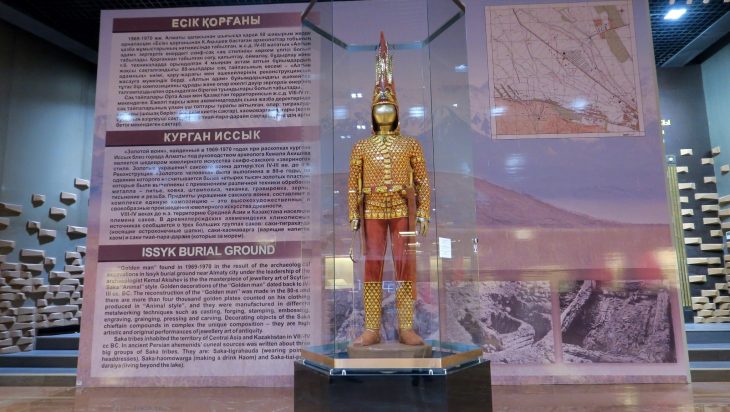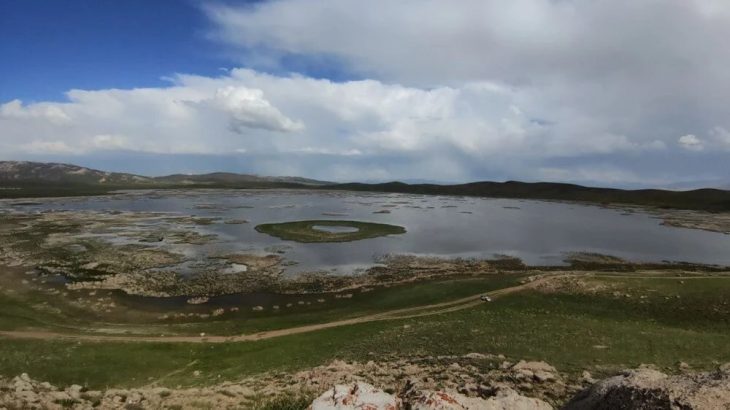Archaeologists from the Shanxi Institute of Cultural Relics and Archeology have unearthed a well-preserved tomb from the Ming Dynasty (1368-1644) in Xinzhou city of Northern China’s Shanxi province.
To coordinate with a national highway realignment project, archaeologists from the institute and local cultural relics and archaeology departments in Xinzhou excavated relics in the city’s Xinfu district.
Even though the tomb is over 430 years old, its elaborate funerary furniture and wooden coffin are still intact and in excellent condition. In Shanxi, it is rare to find a tomb in such good condition with well-preserved wooden furnishings.
The excavations have uncovered the remains of structures from the Longshan Period (2900-2100 B.C.) and the Warring States Period (475-221 BC), and 66 tombs from the Han, Tang, Jin, Yuan and Ming and Qing dynasties.
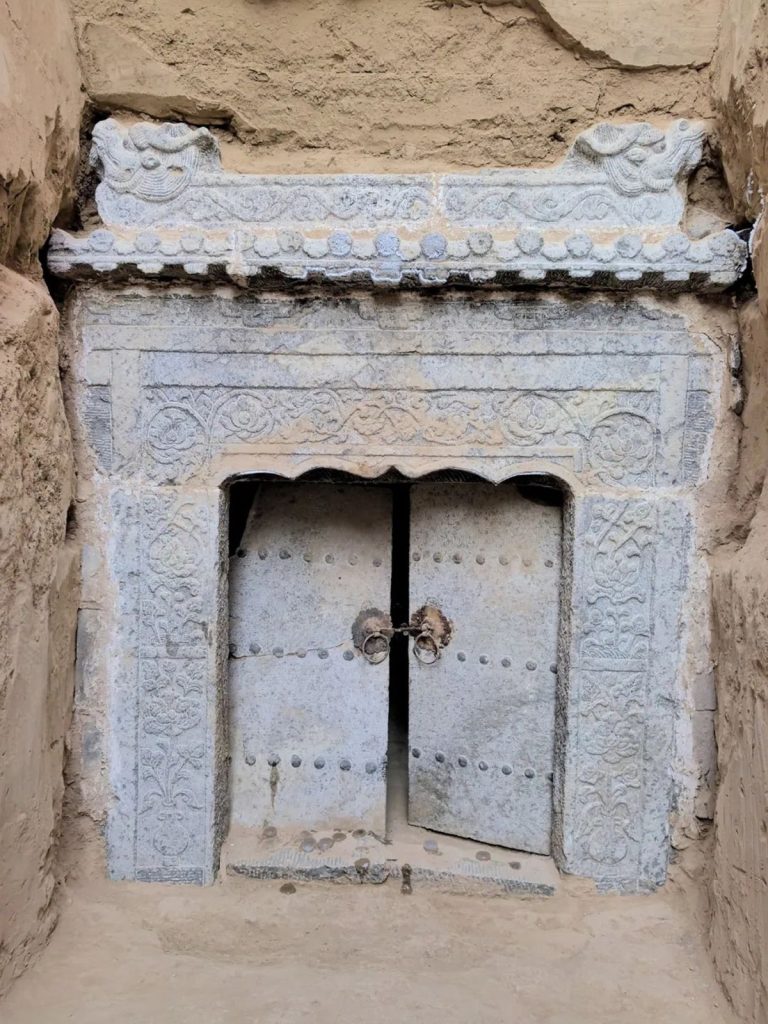
Among them was an intact Ming Dynasty tomb discovered on the west terrace of Hexitou village in Xinzhou’s Xinfu district. Comprising a sloping passageway 17 meters (55.7 ft) long, a central burial chamber, and a smaller rear chamber, the tomb stretched about 25.3 meters (83ft) in length.
A striking image captured the tomb’s sealed entrance, adorned with a stone gatehouse and a set of imposing double doors. The gate is stone carved to imitate a wood structure. Two dragon heads look outwards on each end of the roof. The stone slabs above and on each side of the doors are carved with florals.
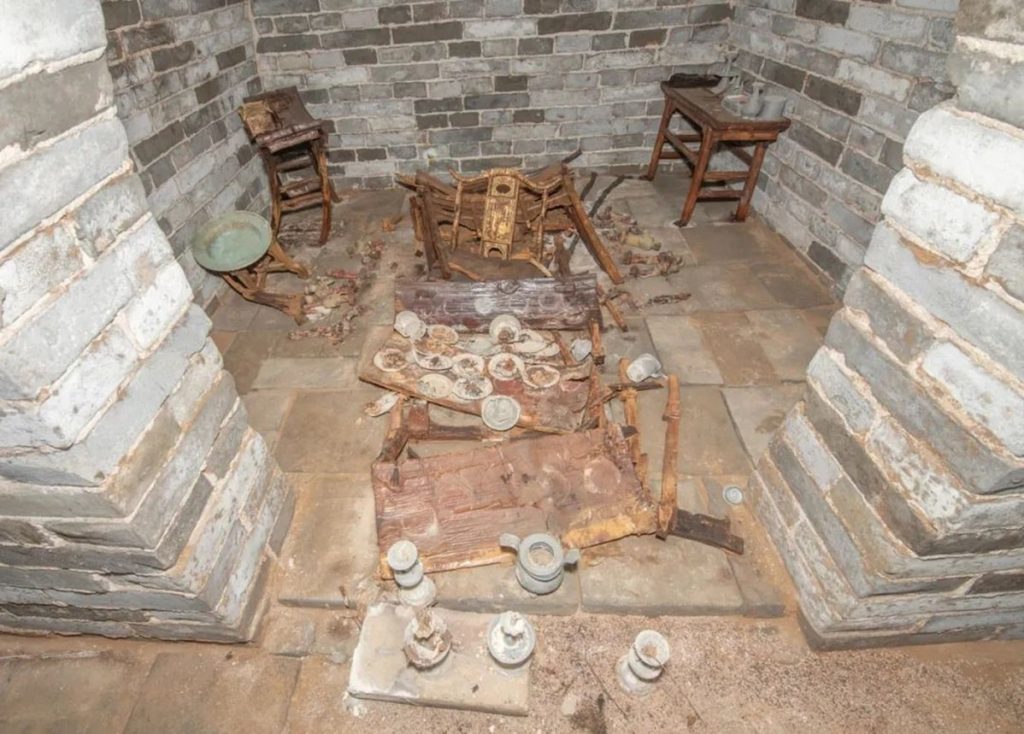
Archaeologists discovered two beautifully decorated wooden coffins with intricate motifs in the main burial chamber, as well as two niches: one in the south with four porcelain jars and one in the north with five porcelain jars and four bottles. The porcelain vessels contained grains, liquids, or oils.
Brightly colored flowers, grasses, and specifically peacocks are painted on the well-maintained inner coffin. The better-preserved exterior coffin of the larger of the two features gold patterns in the shape of diamonds set against a tan backdrop.
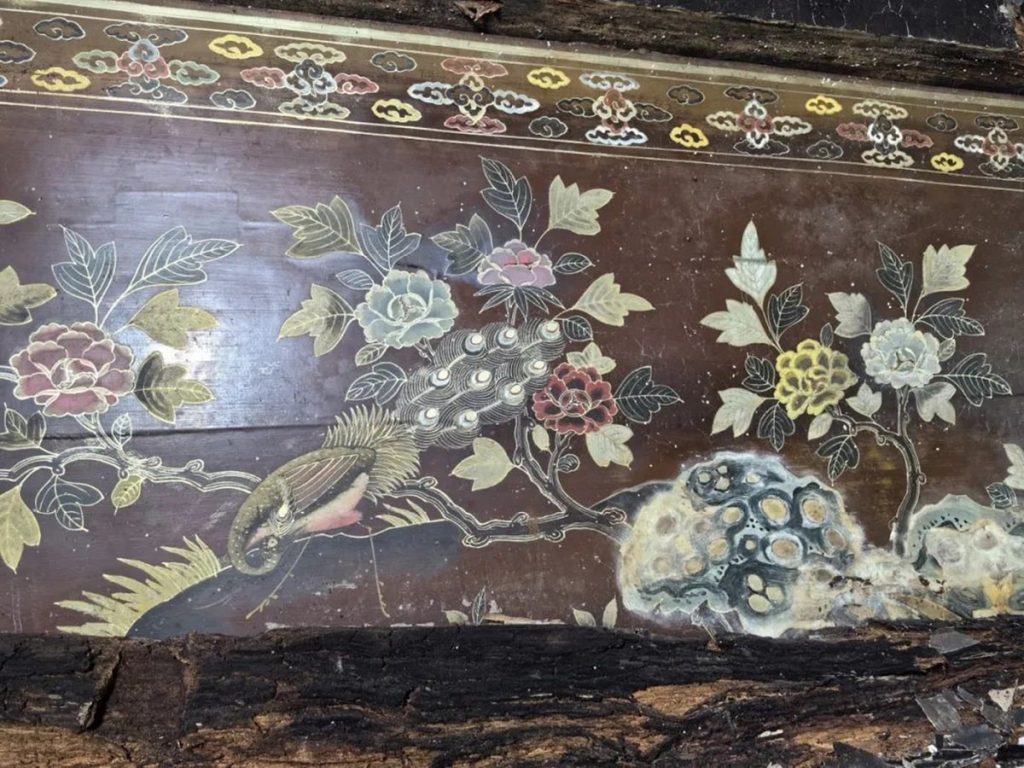
The smaller chamber is furnished with wooden altars, tables, chairs, candlesticks, lampstands, incense burners, tin pots, tin cups, tin plates, painted wooden figurines, inkstones, brushes, pen holders and other writing utensils.
An epitaph inscribed in seal script offers a clue to the possible identity of the deceased: “Epitaph of the Prince of Ming Ru Hou’an,” hinting at a noble lineage and prestigious title.
The second coffin, distinguished by a diamond-shaped pattern, bears an inscription in regular script. The inscription reads: “Ming Gu Rong Kao Hou Ru Wang Gong”, translating to “Entrusted by the Ming Dynasty to serve the royal court as a palace official.
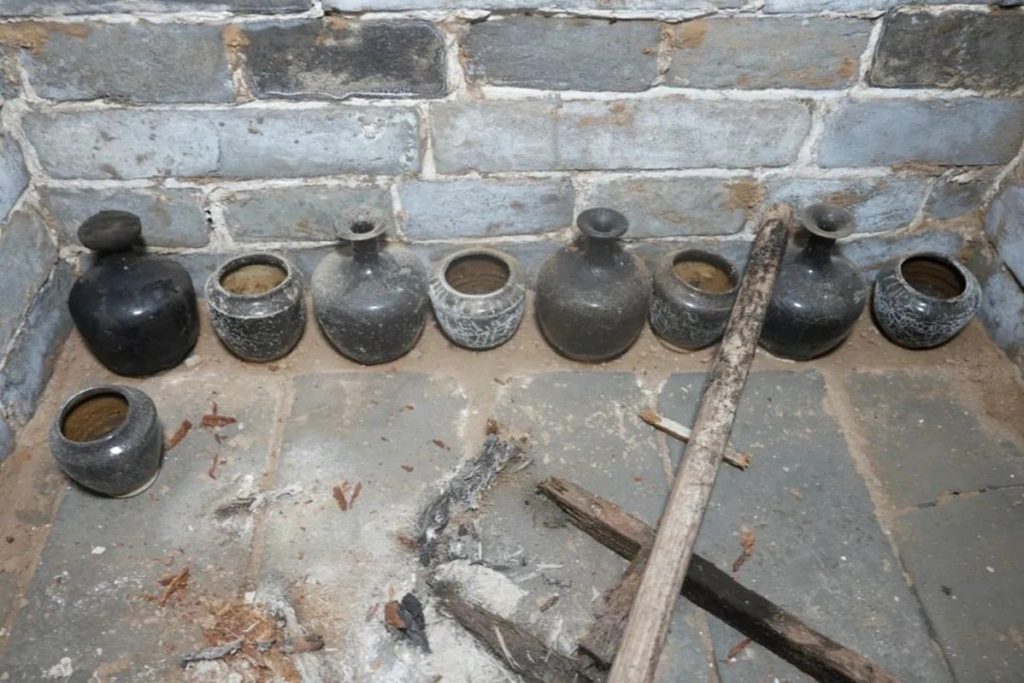
The wooden burial objects and sacrificial items were well-preserved, making this discovery rare in the city and even throughout the whole province, according to the institute.
Cover Photo: Chinadaily.com.cn

